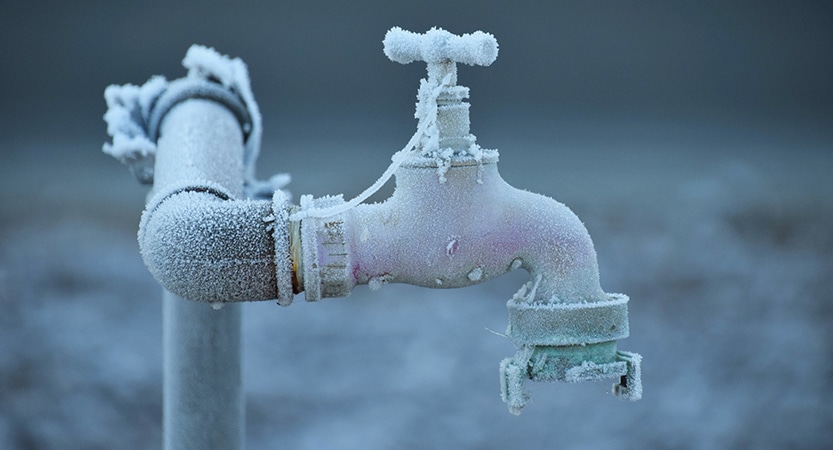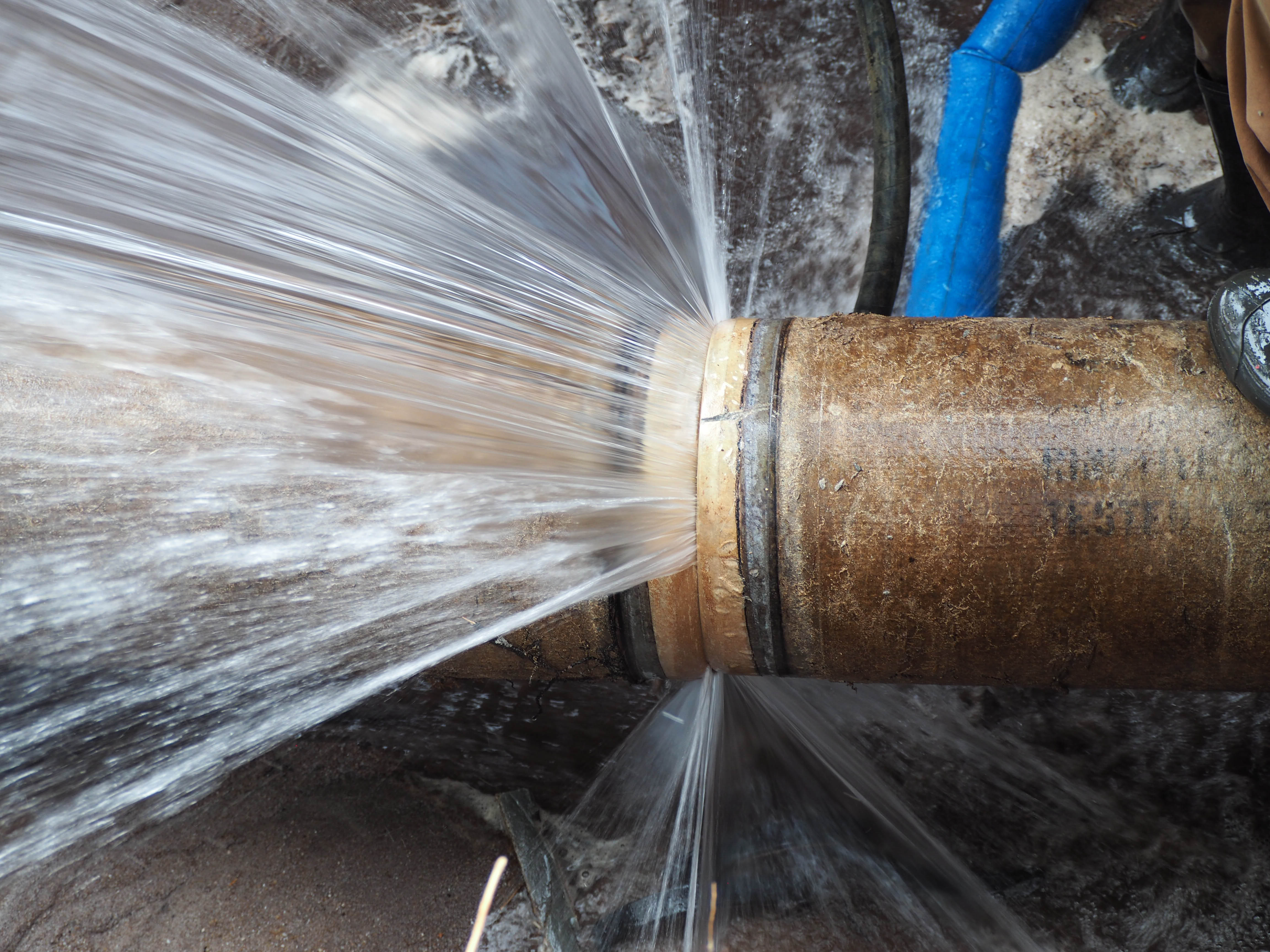Avoiding Pipes from Freezing: Top Strategies
Avoiding Pipes from Freezing: Top Strategies
Blog Article
Each person is bound to have their own individual thinking about 6 Ways to Prevent Frozen Pipes.

Winter can damage your pipes, particularly by freezing pipelines. Here's exactly how to prevent it from occurring and what to do if it does.
Intro
As temperature levels decline, the risk of frozen pipelines increases, possibly leading to costly repair work and water damage. Understanding how to prevent icy pipelines is vital for house owners in chilly climates.
Prevention Tips
Insulating vulnerable pipelines
Wrap pipelines in insulation sleeves or make use of warm tape to protect them from freezing temperatures. Concentrate on pipelines in unheated or exterior locations of the home.
Home heating methods
Maintain interior rooms appropriately warmed, especially locations with plumbing. Open up cabinet doors to permit warm air to flow around pipelines under sinks.
How to identify icy pipelines
Search for lowered water flow from faucets, unusual odors or noises from pipes, and visible frost on subjected pipes.
Long-Term Solutions
Structural modifications
Consider rerouting pipes far from outside wall surfaces or unheated locations. Add extra insulation to attics, cellars, and crawl spaces.
Updating insulation
Purchase premium insulation for pipelines, attic rooms, and walls. Proper insulation aids preserve constant temperature levels and reduces the threat of icy pipelines.
Securing Exterior Plumbing
Yard hoses and exterior taps
Detach and drain yard pipes prior to winter months. Mount frost-proof faucets or cover outdoor taps with protected caps.
Recognizing Icy Pipelines
What creates pipelines to freeze?
Pipes ice up when exposed to temperature levels listed below 32 ° F (0 ° C) for extended periods. As water inside the pipes ices up, it increases, taxing the pipeline wall surfaces and potentially triggering them to burst.
Dangers and damages
Frozen pipes can result in water system interruptions, home damage, and pricey repair services. Ruptured pipelines can flood homes and trigger comprehensive structural damages.
Indications of Frozen Water Lines
Determining frozen pipelines early can stop them from rupturing.
What to Do If Your Pipes Freeze
Immediate actions to take
If you suspect icy pipes, maintain faucets open to soothe stress as the ice melts. Use a hairdryer or towels soaked in hot water to thaw pipelines gradually.
Conclusion
Stopping frozen pipelines calls for positive steps and fast responses. By comprehending the causes, indicators, and preventive measures, property owners can protect their pipes during winter.
5 Ways to Prevent Frozen Pipes
Drain Outdoor Faucets and Disconnect Hoses
First, close the shut-off valve that controls the flow of water in the pipe to your outdoor faucet. Then, head outside to disconnect and drain your hose and open the outdoor faucet to allow the water to completely drain out of the line. Turn off the faucet when done. Finally, head back to the shut-off valve and drain the remaining water inside the pipe into a bucket or container. Additionally, if you have a home irrigation system, you should consider hiring an expert to clear the system of water each year.
Insulate Pipes
One of the best and most cost-effective methods for preventing frozen water pipes is to wrap your pipes with insulation. This is especially important for areas in your home that aren’t exposed to heat, such as an attic. We suggest using foam sleeves, which can typically be found at your local hardware store.
Keep Heat Running at 65
Your pipes are located inside your walls, and the temperature there is much colder than the rest of the house. To prevent your pipes from freezing, The Insurance Information Institute suggests that you keep your home heated to at least 65 degrees, even when traveling. You may want to invest in smart devices that can keep an eye on the temperature in your home while you’re away.
Leave Water Dripping
Moving water — even a small trickle — can prevent ice from forming inside your pipes. When freezing temps are imminent, start a drip of water from all faucets that serve exposed pipes. Leaving a few faucets running will also help relieve pressure inside the pipes and help prevent a rupture if the water inside freezes.
Open Cupboard Doors
Warm your kitchen and bathroom pipes by opening cupboards and vanities. You should also leave your interior doors ajar to help warm air circulate evenly throughout your home.

We had been shown that report about Prevent Frozen Pipes through an acquaintance on our other web page. Please take the time to distribute this write-up if you appreciated it. I praise you for your time. Don't forget to stop by our website back soon.
Schedule Free Estimate Report this page